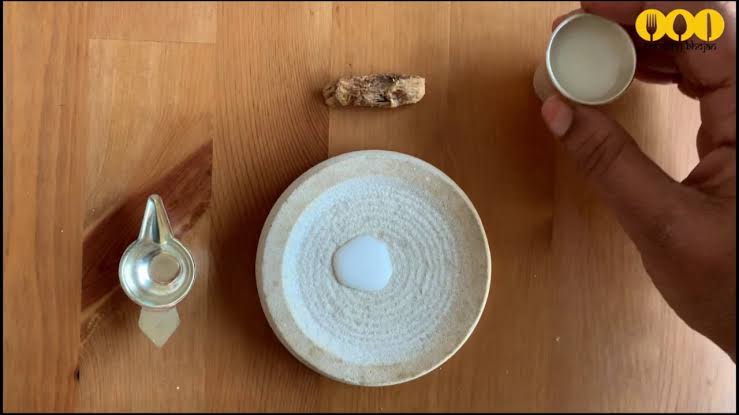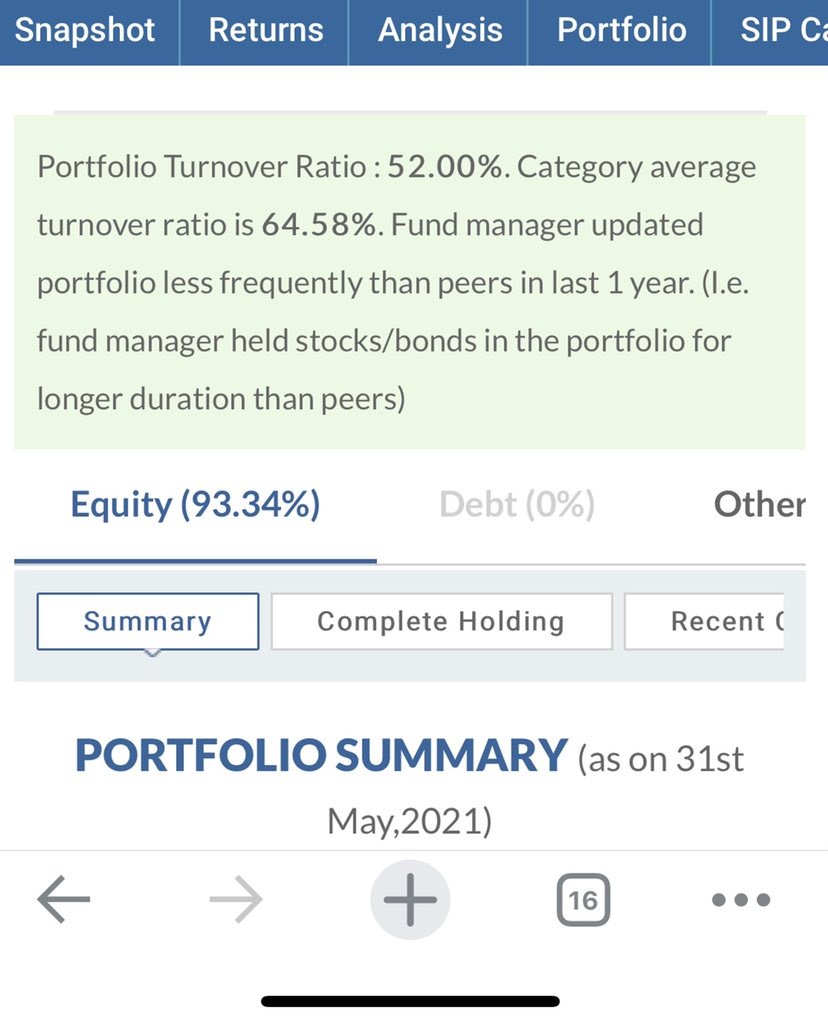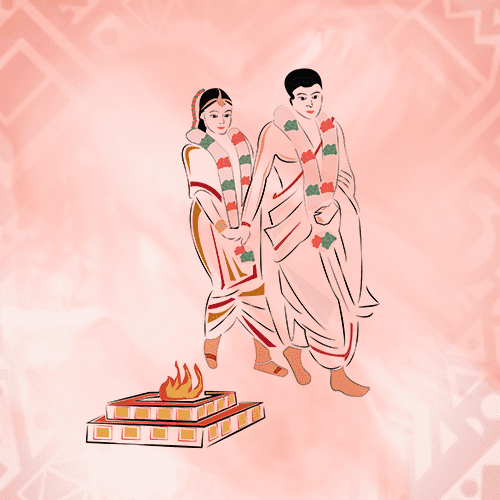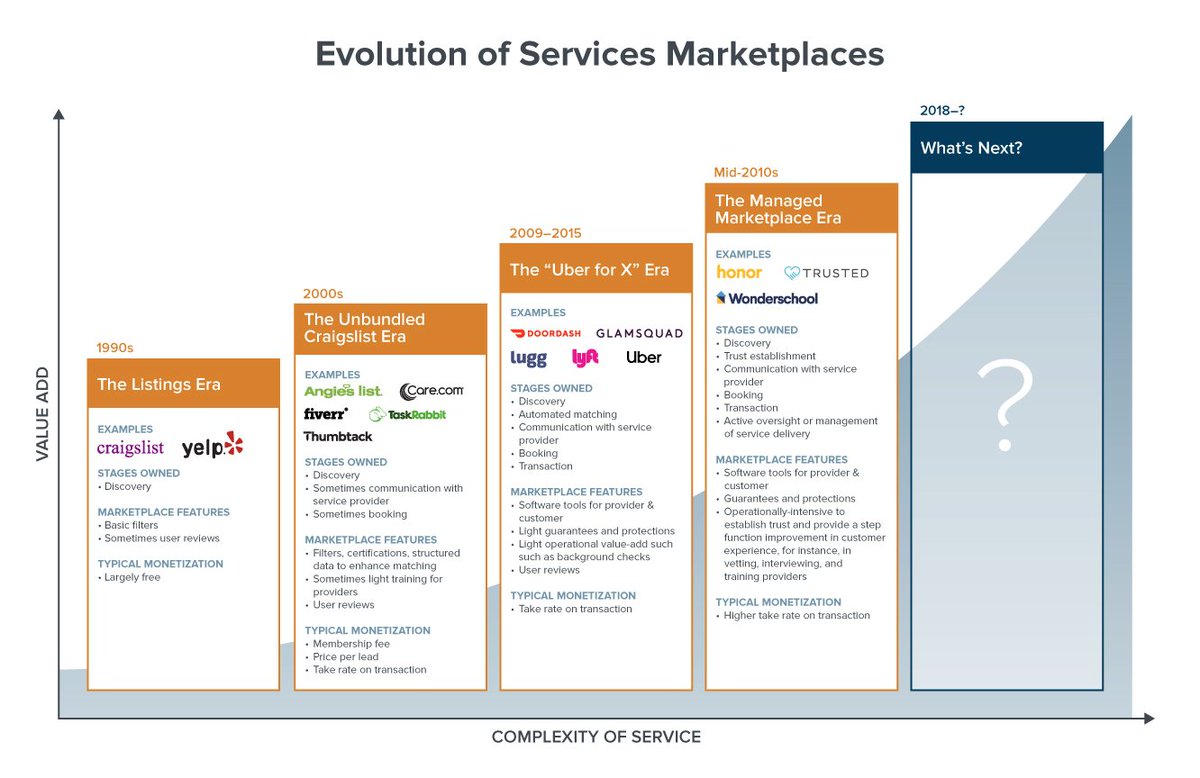Sugar stocks are a natural hedge against daru.
As ethanol blending increases, ENA prices will go up as so will the cost of your daru 😂😂
Phir bolna nahin ki bataya nahin
More from Siddhartha Bhaiya
The other just entered into quality territory today 😜
Quality hone ke liye HIGH PE hona jaroori hai
Quality hone ke liye HIGH PE hona jaroori hai
Ethanol plants need incineration boilers
— Siddhartha Bhaiya (@sidd1307) June 29, 2021
There are only 2 major manufacturers in India
One is thermax. The other is homework \U0001f61c#valueinvesting #Investment #investing #aequitas
More from Sugar
The other just entered into quality territory today 😜
Quality hone ke liye HIGH PE hona jaroori hai
Quality hone ke liye HIGH PE hona jaroori hai
Ethanol plants need incineration boilers
— Siddhartha Bhaiya (@sidd1307) June 29, 2021
There are only 2 major manufacturers in India
One is thermax. The other is homework \U0001f61c#valueinvesting #Investment #investing #aequitas
You May Also Like
Speech Delay is most common in children nowadays
In ancient times, our grandparents used to follow typical natural way of caring the needs of a child. All they used were more of natural products than chemical based for the growth of child.

One of major step followed was to feed Gurbach Jadd/ Vasa Kommu/ Acorus Calamus for initiating good speech ability in a child. This stem was needed to babies on Tuesdays and Sundays in mother's milk.
Vasa is feed to baby after the 1st bath on 12th day in week. Weekly only thrice it is fed and named as :
Budhwar - Budhi Vasa
Mangalwar - Vaak Vasa
Ravi Vaar - Aayush Vasa
This stem is burnt and rubbed against the grinding stone in mother's milk or warm water to get a paste

The procedure to make it is in the link
https://t.co/uo4sGp7mUm
It should not be given daily to the child. Other main benefits are
1. It clears the phlegm in child's throat caused due to continuous milk intake. It clears the tracts and breathing is effortless.
2. Digestion
For children who haven't got their speech and is delayed than usual should feed this vasa on these days in week atleast for 6months. Don't get carried away with this dialogue
"Some gain speech little late"
In ancient times, our grandparents used to follow typical natural way of caring the needs of a child. All they used were more of natural products than chemical based for the growth of child.

One of major step followed was to feed Gurbach Jadd/ Vasa Kommu/ Acorus Calamus for initiating good speech ability in a child. This stem was needed to babies on Tuesdays and Sundays in mother's milk.
Vasa is feed to baby after the 1st bath on 12th day in week. Weekly only thrice it is fed and named as :
Budhwar - Budhi Vasa
Mangalwar - Vaak Vasa
Ravi Vaar - Aayush Vasa
This stem is burnt and rubbed against the grinding stone in mother's milk or warm water to get a paste

The procedure to make it is in the link
https://t.co/uo4sGp7mUm
It should not be given daily to the child. Other main benefits are
1. It clears the phlegm in child's throat caused due to continuous milk intake. It clears the tracts and breathing is effortless.
2. Digestion
For children who haven't got their speech and is delayed than usual should feed this vasa on these days in week atleast for 6months. Don't get carried away with this dialogue
"Some gain speech little late"
















